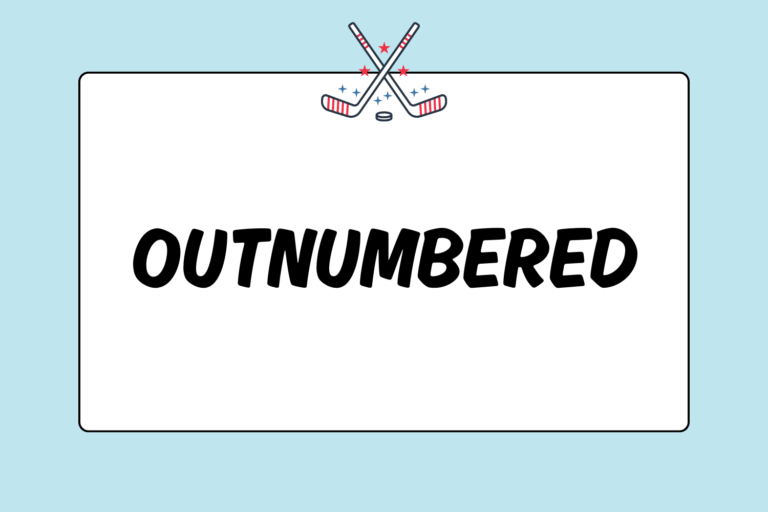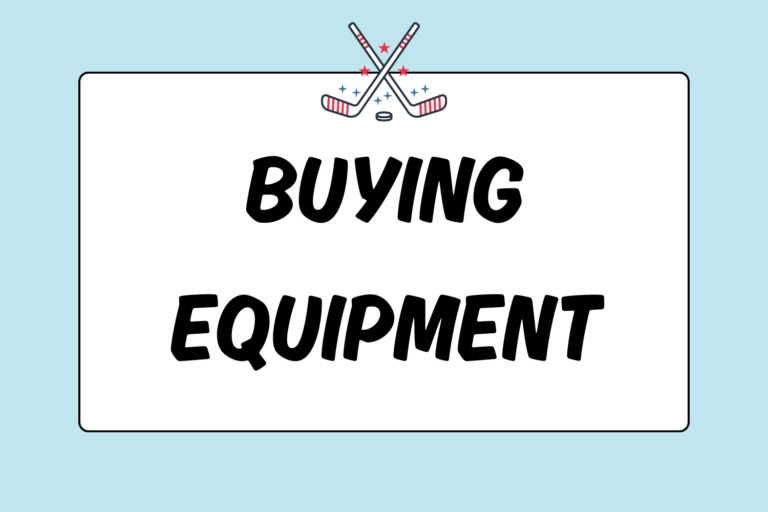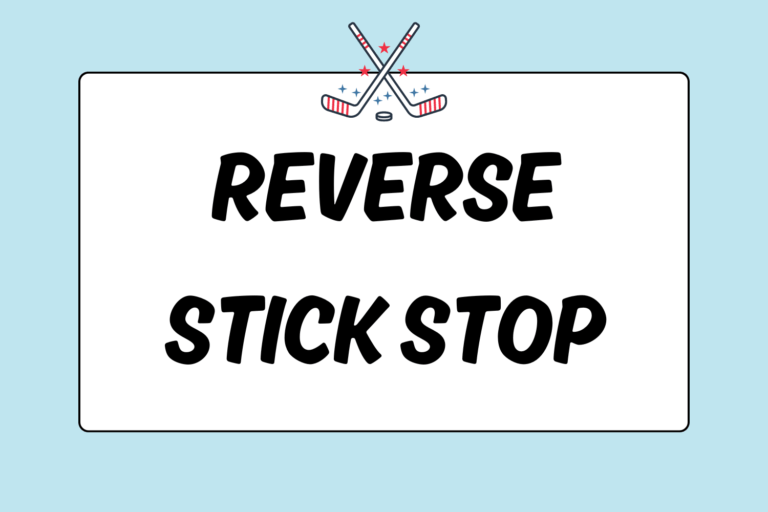A proper warm-up increases your heart rate, which helps bring oxygen to your muscles while you warm up for a game or practice. Your body needs this oxygen to replenish the nutrients lost through exercising, and the increased body temperature will help loosen your muscles to get you ready to play. Field hockey is a combination of slow running and quick sprints. By warming up before a game, you also decrease the likelihood of injury. This guide will introduce a warm-up based on dynamic movements that will help you prepare for competition.
The Warm-up
A warm-up should be completed before exercising or competing. During your warm-up, gradually increase the intensity of your workout through physical activity (running) and dynamic stretches (calisthenics).
Run
Start your warm-up with a quarter to a half-mile jog around the field or along your facility. Gradually increase your speed to loosen, but not tire, your muscles. This initial run increases your heart rate, releases adrenaline into your blood, raises your body temperature, and speeds up nerve impulse conductions (reflexes).
Calisthenics
Continue your warm-up with calisthenics — dynamic stretches (moving while stretching) coupled with rhythmical movements, designed to stretch and increase body strength. While static stretches (stationary stretches) used to be the most common form of stretching, sport teams now use calisthenics to increase group unity and discipline. Calisthenics also benefit your overall fitness and improve your motor skills, such as agility, balance, and coordination.
Listed below are a few examples of calisthenic exercises. Start on the end line of the field, and do each stretch for 30 seconds or by moving forward 25 yards (one stretch per 25 yards). Finish your dynamic stretches with a 50-yard sprint to the centerline of the field. Feel free to mix them up and do them in any sequence:
High Knees
Start with “high knees.” As you jog forward, bring each knee up until your leg forms a 90-degree angle at the knee. Jog for 25 yards while completing this exercise. These should be done quickly.
Butt Kicks
Jog for 25 yards and emphasize on bending your knee when your back foot kicks off the ground. Try to hit your buttocks with your heel on each step.
Side-step Squats
 Start in the squat position facing towards your left. For the squat:
Start in the squat position facing towards your left. For the squat:
- Your feet should be spread apart wider than shoulder-width.
- Your knees should be bent so that your legs form 90-degree angles (nothing more than that).
- Keep your back straight.
Shuffle your feet sideways for 25 yards. Once you finish, face the same direction and shuffle back to the end line. Your legs shouldn’t cross.
Grapevine
Start standing, facing the left. This movement is similar to the side-step. As you move forward, cross your left leg in front of your right leg, and then bring your right leg to the side (back in the starting position). Now, cross your left leg behind your right leg, and then bring your right leg to the side again. Repeat this for 25 yards and turn back. Continue facing towards the left, but cross your right leg in front or your left leg and then behind. This should be done at a decent speed, quicker for those with more experience. Your arms should be extended to your sides, parallel to the ground. Only move your lower body — don’t twist your torso.
Arm Rotation
Stand up and extend your arms to yours side, so they are parallel to the floor. Move your arms in large, circular motions going forward for 30 seconds, and then going backwards for 30 seconds.
Knee Rotation
Put your feet together and place your hands on your knees. Slightly bend your knees and rotate them clockwise for 30 seconds. Repeat move your arms counterclockwise for another 30 seconds.
Lunges
Bring your right foot forward in a lunge and extend your back leg behind you. Your back knee should bend, but should not touch the ground. Your right (front) leg should form a 90-degree angle at the knee. Make sure that your right knee is not forward of your right foot. Keep your back and chest straight, and keep your gaze forward. Feel the stretch in the hamstring and groin area of your back leg in each lunge.
Calf Raise
Stand on your right leg. Bend your left leg’s knee and hold your left leg behind you with your left hand. Reach your right hand up towards the sky while lifting your body with the ball of the right foot. Switch and do the same with the left foot.
Knee Hugs
This stretch is similar to high knees, but you go slowly. As you move forward with one leg, raise your knee high and use both hands to pull your knee up to your chest, essentially “hugging” your knee to your chest. Switch legs as you naturally stride forward.
Frankenstein
As you slowly move forward, extend both arms in front of you, parallel to the ground. In a natural stride, as each leg strides forward, keep that leg straight and lift it high enough that your foot touches your hand. Don’t go too fast. You aren’t kicking your leg up, you’re stretching! Feel free to lift your leg higher if your flexibility permits. Switch and do the same thing with the opposite leg as you continue striding forward.
Golf Ball Pick-up
You will be walking forward during this stretch. Start walking with your right leg leading. Step forward and keep your right leg straight and sturdily planted into the ground. Bend your torso forward (at the waist) until you can touch the ground with either hand. Simultaneously lift your back leg straight behind your (keep this leg straight, toes pointed to the ground). Repeat the motion with your other leg as you move forward.
One-Legged Sit
This stretch is similar to a squat. Start standing. Rest your right leg on top of your left leg and bend your left knee until it your leg forms a 90-degree angle at the knee. It helps if you extend both arms straight forward while you “sit” to counterbalance your weight. Doing this stretch should look as if you are sitting down on a chair, with one leg crossed over the top of the other. When you are done with one one-legged sit, switch legs and repeat by resting your left leg on top of your right, and bending your right knee.
Push-up
Lay face down on the floor. Place the palms of your hands against the ground, under each shoulder. Curl your toes so that the pads of your toes are against the floor supporting your bodyweight. Use the muscles in your upper arms to lift your body off the ground. Keep your back and legs straight. Lift yourself until your arms are fully extended, and then bring yourself down. Lower your body until your chest is only a few inches off the ground, and then lift again.
If a regular push-up is too difficult, start from your knees instead. Bend and rest on your knees and do the push-ups keeping you back straight. Remember, do them slowly — quality is more important than quantity.
Flutter Kicks
Lie on your back with your legs extended. Place your hands underneath your buttocks. Raise one leg at a time, approximately six inches above the ground, and then lower. Alternate both legs. Make sure that your feet do not touch the ground and focus on using your abs in this stretch. Repeat for 30 seconds.
Cool Down
A cool-down should be completed at the end of any strenuous activity — it’s just as important as the warm-up. It helps the body transition from being in an exertion state to a near-resting state. In other words, it slows down your heart rate and calms your body. It also helps to release the lactic acid that builds up in your muscles, reducing cramps and stiffness in your muscles.
To properly cool down your body, jog for 5-10 minutes at a slow pace to decrease your heart rate. Follow the jog with some static stretches, focusing on whichever muscles seem tight to you.
Stretch Out
A good warm-up and cool-down will help you become a better field hockey player. The routine of both will keep you focused and will help your body recover from the extensive training involved in the sport. A warm-up and cool-down will also help prevent injuries and improve your performance on any given day. Establishing good habits will help you become a better, more focused player, while keeping your body healthy and happy. So before you get out there and play some extreme hockey, stretch it out!





